If you’ve ever read a history of the early days of the Foundling Hospital, you’ll remember the shock: expecting to enjoy a heartwarming tale of 18th-century babies being rescued from destitution and brought to live in a lovely safe place, you will have found instead that the tale was mostly about babies dying after they arrived.
So it is with this fascinating book about the early days of London Zoo. Expecting to read about lions, tigers and monkeys in all their boisterous aliveness, you wade instead into disturbing descriptions of the illnesses they suffered and their pitiful early deaths. Disembarked from long voyages in the late 1820s, the poor bewildered beasts of Asia and Africa often looked in a terrible state as they lumbered along to the new Zoological Gardens in the north-east corner of Regent’s Park. Once there, many of them didn’t last long. As soon as an animal died, it was pounced on by an anatomist and a taxidermist: to such an extent that Isobel Charman starts using a euphemism for death. ‘On its third day at Bruton Street, the orang-utan became the concern of the Preserving Department.’
The winter of 1828 finished many of them off. No one knew how to treat the animals: did they need more heat, or more ventilation? Both seemed to kill them. Their illnesses were many and various: a leopard with indigestion, a reindeer with cutaneous eruptions, a llama with constipation, a puma with ‘vomition’, a monkey with a lacerated back, and a chimpanzee called Tommy who lost the will to live and died quietly by the fire in his Guernsey shirt. On top of all that, there were the animals with weird mental health problems: kangaroos who self-harmed, and then committed suicide by hurling themselves against the railings. The distraught and overworked medical attendant, Mr Spooner, had to make quick decisions, such as this one about a lion cub: ‘He would administer a clyster to the anus. Nelson must be flushed out.’ So, not exactly the jolly family outing to London Zoo that I was hoping for.
Charman decides to tell the story in seven chapters, each written in the third person through the eyes of a different man instrumental in the zoo’s founding. These are Sir Stamford Raffles, whose idea it was to start the Zoological Society of London; Decimus Burton, who designed the buildings, including the marvellous high-doored giraffe house and the tunnel; Mr Spooner the veterinary surgeon; John Gould, who spent his working life in the annexe of the Zoological Society, stuffing the dead animals; Devereux Fuller, head keeper in the 1830s, locked in bitter rivalry with Edward Cross, who had his own crowd-attracting zoological gardens across the Thames; Charles Darwin, corresponding member, whose watching of the zoo’s living animals helped him crystallise his certainty about the descent of man and natural selection; and finally the elderly Earl of Derby, president of the society, going about in his bathchair in 1847, when the zoo’s visitor numbers had dwindled alarmingly. But then, by a stroke of good fortune, the zoo managed to acquire a healthy and happy hippopotamus from the Abbas Pasha of Egypt, in exchange for four brace of deer hounds. London went wild for the hippo.
The pitfall of writing non-fiction through the eyes of a series of historical figures is that the only way to convey information is by filtering it through the person’s thoughts and memories. This involves a great deal of the pluperfect, and some rather clunky imagined thoughts. So we have, ‘He had come a long way from the son of a humble gardener, hadn’t he?’ And ‘He had been fond of those words [of Keats’s] when they were published when he was but a teenager, and he was fond of them yet.’ Using ‘but’ to mean ‘only’ and ‘yet’ to mean ‘still’ shows us that Charman is trying hard to ‘think’ 1830s-ish thoughts; but then she suddenly lurches into 21st-century idiom: something is ‘nigh-on impossible’, and someone else is ‘spitting mad’.
But reading this book will certainly enrich your next trip to the zoo, and will make you relieved at least that ladies no longer prod Russian bears with their parasols.
The post Poor bewildered beasts appeared first on The Spectator.
Got something to add? Join the discussion and comment below.
Get 10 issues for just $10
Subscribe to The Spectator Australia today for the next 10 magazine issues, plus full online access, for just $10.
You might disagree with half of it, but you’ll enjoy reading all of it. Try your first month for free, then just $2 a week for the remainder of your first year.

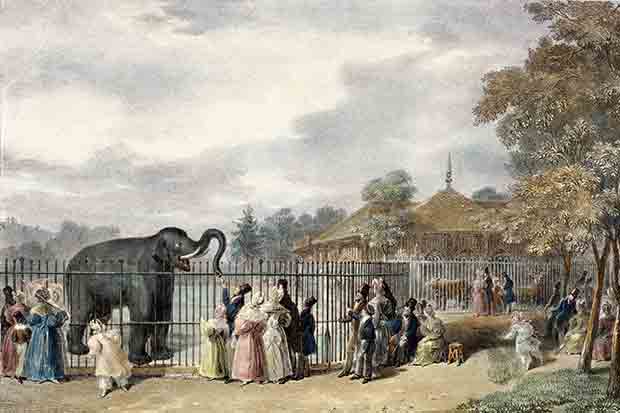
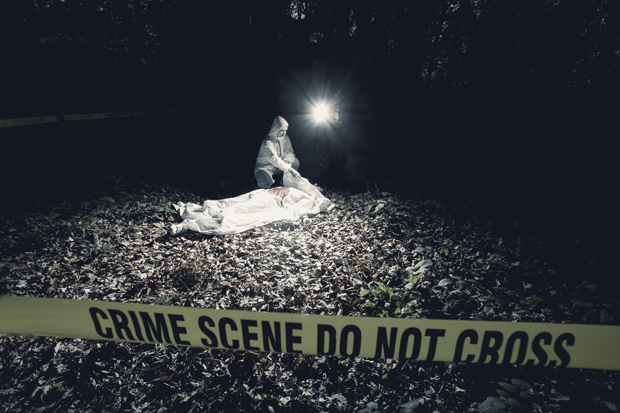
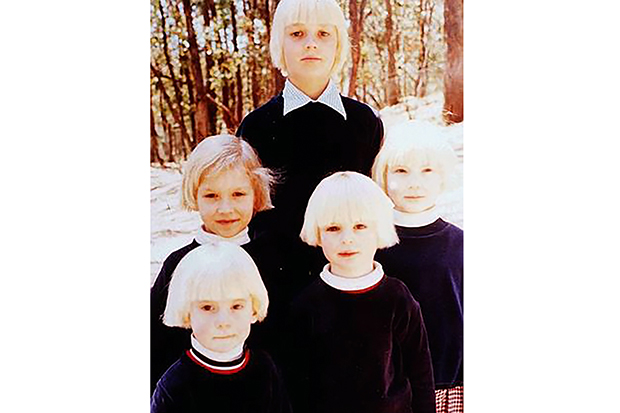


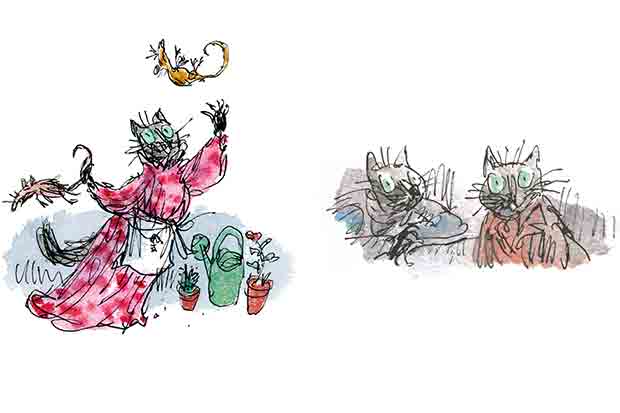
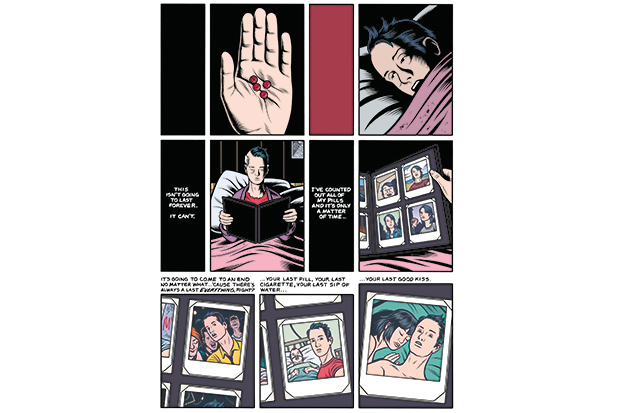






Comments
Don't miss out
Join the conversation with other Spectator Australia readers. Subscribe to leave a comment.
SUBSCRIBEAlready a subscriber? Log in